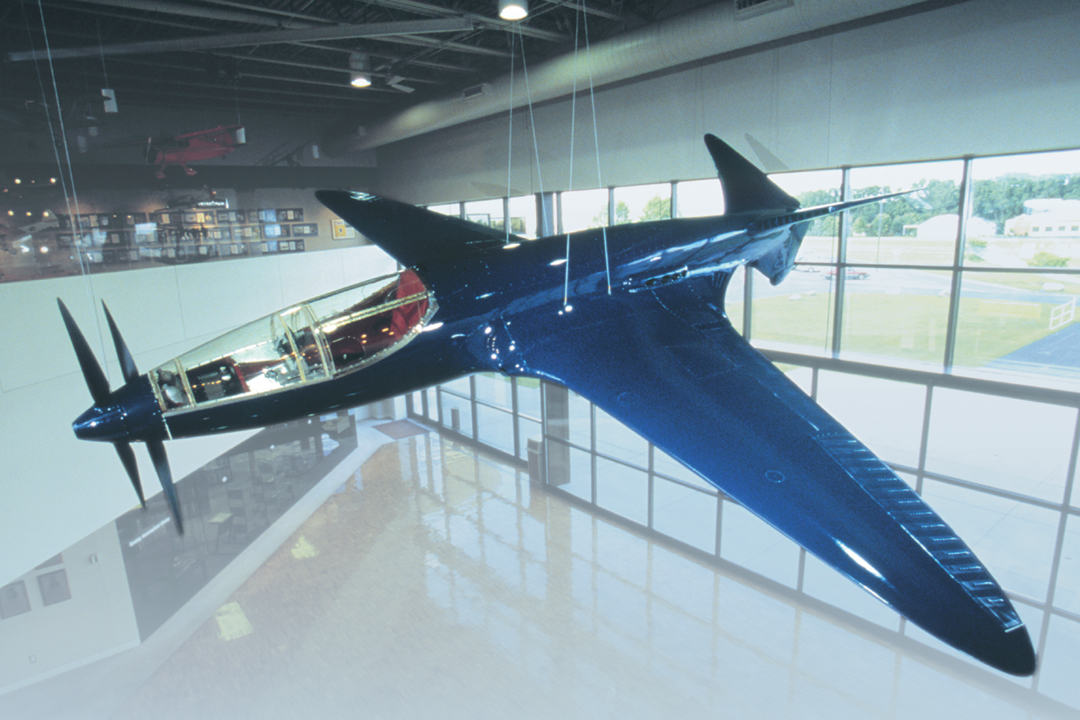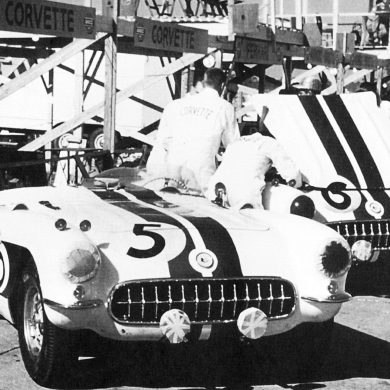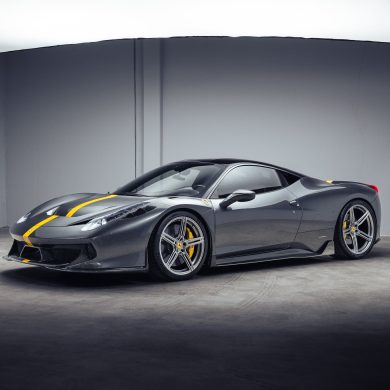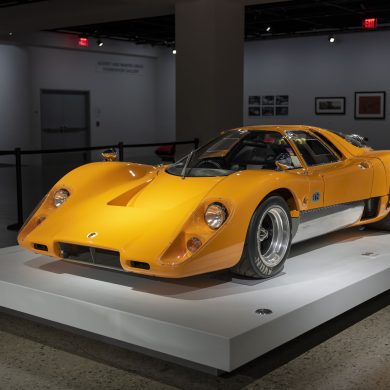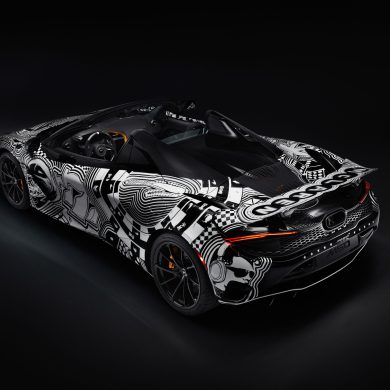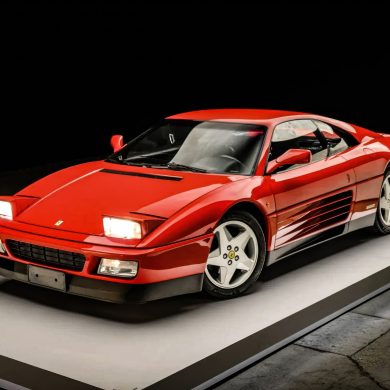Many enthusiasts are aware of Ettore Bugatti’s marvelous sports cars and exemplary GP cars. However, not many people know that in the late 1930s, Bugatti planned on building record-braking airplanes, as well. Therein hangs a tale.
Ettore Bugatti departed from his usual creation of advanced racecars and hired Louis de Monge to design the Bugatti Model 100 in 1937 to compete in a 1938 closed-circuit airplane race. At this time, the Germans, the Italians and the English led the world in high-speed monoplanes. In 1938, a German Heinkel 100V2 raised the world 100 km circuit speed to 394.6 miles per hour.
Bugatti had originally envisioned his crafty design to have one engine, but then changed his mind and added a second engine so that his pilot could attempt the world’s three-kilometer speed record. Buried in the fuselage, behind the pilot, were two straight-eight cylinder Type 50B, 4.7-liter magnesium block engines of around 400 horsepower each. The two engines were canted to one side and set one behind the other with long shafts extending on either side of the pilot’s cockpit linked to a connecting gearbox driving the contra-rotating propellers.
The radiators for the engines were located in the inverted vee tailplane, and ducts drew air through the leading edges of the tail. There was no vertical tail. Cooling water flowed forward to the engines and then out through slats at the trailing edges of the wing root.
Constructed out of balsa and hardwood and skinned with tulip wood covered with fabric, the airplane displayed innovation in other areas as well. Designer de Monge created a complicated set of split flaps, which set themselves automatically, depending on how fast the aircraft was flying.
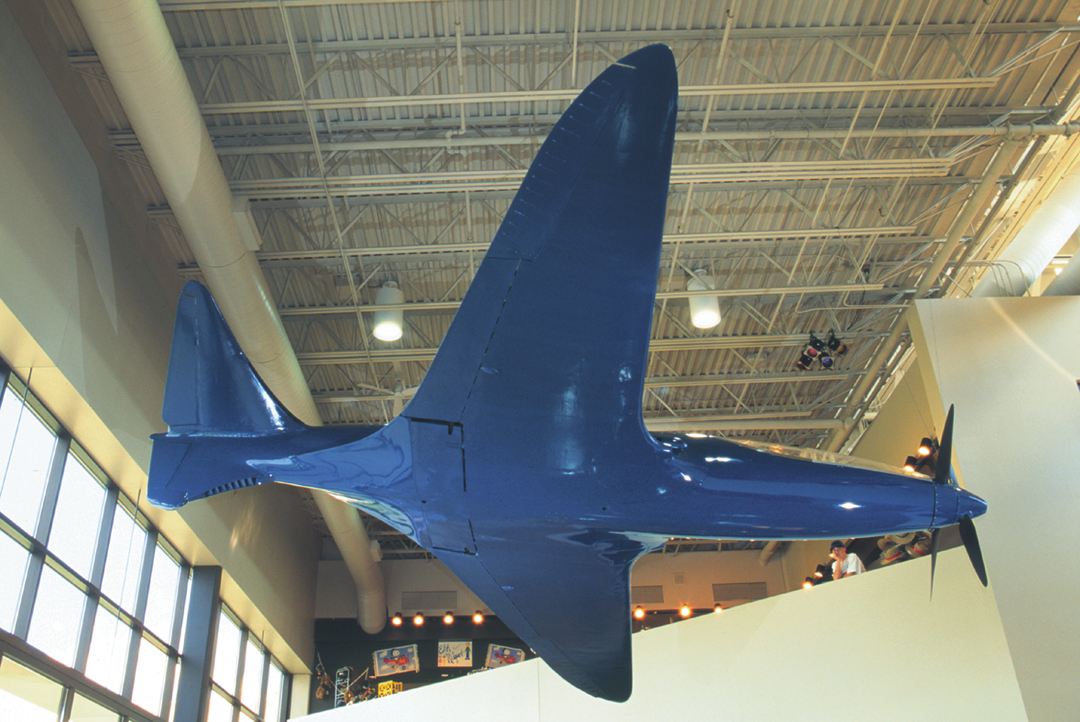
The aircraft never flew and was successfully concealed from the Germans during the War. After the end of World War II, Ray Jones, the dean of Bugatti restorers purchased the craft and brought it to the USA. He removed the engines and sold the airframe to an enthusiast in Connecticut. This individual donated it to the Airforce Foundation. But in June of 1996, through the auspices of Dr. Peter Williamson and Bob Fergus, the EAA museum obtained this one-of-a-kind bird. After a lengthy restoration, Chief Restorer Bruce Jovaag and his staff completed the rare Bugatti, and it is now on display at the EAA Museum in Oshkosh, Wisconsin – nearly 60 years after its creation.
According to restorer Jovaag, “Every piece of the airplane is a work of art, as were Bugatti’s cars. The thinking behind its design is amazing. An automobile designer of Bugatti’s caliber was developing new concepts into an airplane, and like the car, the airplane would be as innovative as it was beautiful. Bugatti did not simply improve an existing design, he created his own.”
Submitted By John Wright


